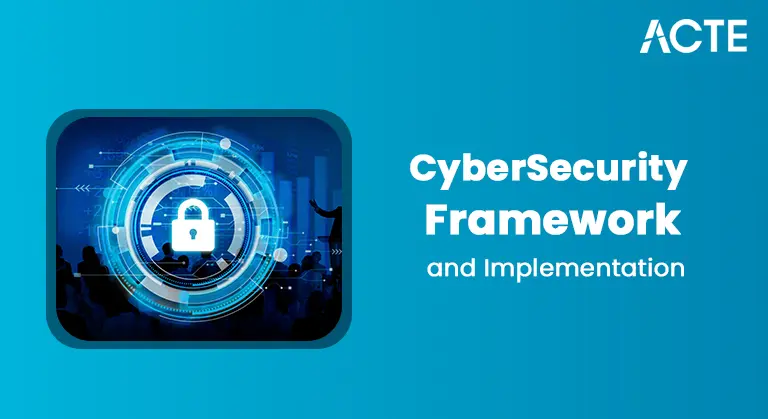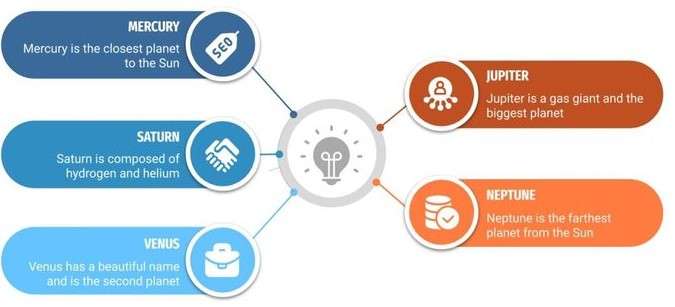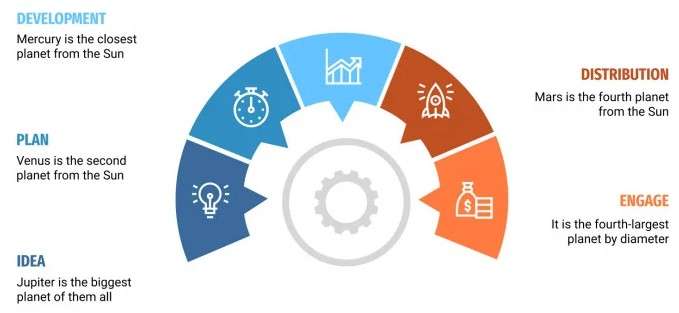
- Introduction to Sales Promotion
- Objectives of Sales Promotion
- Consumer-oriented Techniques
- Trade-oriented Techniques
- Sales Force Promotion Techniques
- Discounts and Offers
- Coupons and Rebates
- Loyalty Programs
Introduction to Sales Promotion
Sales promotion is a key element of the marketing mix that involves short-term strategies designed to stimulate consumer interest, increase demand, and boost product sales. Unlike advertising, which builds brand image over time, Sales Promotion Techniques offer immediate incentives to customers and trade partners, such as discounts, coupons, contests, free samples, or special events. These tactics are aimed at creating urgency and encouraging quick action, making them particularly effective in highly competitive markets. Sales Promotion Techniques also play a crucial role in launching new products, clearing out excess inventory, and attracting attention during seasonal peaks. Explore Placement and Softskills Training For retailers and manufacturers, it serves as a tool not only to drive volume but also to reinforce brand positioning when integrated with broader marketing efforts. Consumer promotions target the end-users, while trade promotions are geared toward wholesalers, distributors, and retailers to encourage better product placement or increased stocking. In addition to boosting short-term sales, well-executed promotions can lead to long-term customer loyalty if they provide value and enhance the overall customer experience. However, over-reliance on promotions can dilute brand value, so marketers must strike a balance between promotional activity and brand-building strategies. Overall, Sales Promotion Techniques are essential tactics for driving immediate results and supporting broader business and marketing goals.
Objectives of Sales Promotion
- Increase Short-Term Sales: Encourage quick purchases through limited-time offers, discounts, or incentives that create a sense of urgency among customers.
- Introduce New Products: Support product launches by offering samples, demonstrations, or introductory pricing to raise awareness and trial.
- Attract New Customers: Draw in potential buyers who may not have tried the product before by offering them compelling reasons to switch or try something new.
Sales promotion serves as a powerful marketing tool with clearly defined objectives aimed at driving short-term actions explore MTech Entrance Exams Tips while supporting long-term brand goals. It helps businesses stimulate immediate sales, attract new customers, and retain existing ones by offering additional value. Here are the main objectives of sales promotion:

- Retain Existing Customers: Reward loyal customers with exclusive deals, loyalty programs, or special offers to strengthen their brand connection.
- Clear Excess Inventory: Help reduce surplus stock through promotions that make older or seasonal products more appealing and affordable.
- Encourage Dealer and Trade Support: Motivate wholesalers, retailers, and distributors to stock, promote, and sell the product more aggressively through trade incentives or volume-based rewards.
Consumer-oriented Techniques
Consumer-oriented techniques are promotional strategies specifically designed to encourage end customers to purchase a product or service by offering added value or incentives. These techniques aim to attract attention, stimulate interest, and prompt immediate buying decisions. Common consumer-oriented methods include discount coupons, which reduce the purchase price and entice price-sensitive buyers; free samples, allowing customers to try a product before committing to a full purchase; and contests or sweepstakes, which engage consumers and create excitement around the brand. Explore Softskills Training Buy-one-get-one (BOGO) offers and cash-back deals are also popular, as they provide immediate benefits and increase perceived value. Loyalty programs reward repeat customers and help build long-term relationships by offering points, gifts, or exclusive deals based on purchase frequency. Product bundling and price packs offer multiple items at a discounted price, encouraging bulk purchases. These techniques are often used during product launches, peak shopping seasons, or competitive market periods to boost visibility and drive quick sales. When implemented strategically, consumer-oriented promotions can not only generate higher sales volumes but also enhance brand engagement and customer satisfaction. However, overuse may lead to deal-seeking behavior, so companies must balance these tactics with strong branding efforts.
To Explore Soft Skill in Depth, Check Out Our Comprehensive Soft Skill Certification Training To Gain Insights From Our Experts!
Trade-oriented Techniques
- Trade Allowances: Price reductions or discounts offered to intermediaries for purchasing in bulk or promoting the product in-store.
- Point-of-Purchase (POP) Displays: Eye-catching displays or signage provided to retailers to boost product visibility and encourage impulse buying.
- Dealer Contests and Incentives: Rewards such as cash prizes, trips, or gifts offered to top-performing dealers or sales staff to motivate higher sales.
- Trade Shows and Exhibitions: Events where businesses showcase their products to potential buyers, partners, and retailers to generate interest and build contacts.
- Training Programs: Educational support for dealers and their staff to help them better understand and sell the product.
- Push Money (Spiffs): Direct cash incentives given to retail salespeople for each unit sold, encouraging them to actively promote the product.
- Price Discounts: A direct reduction in the selling price of a product, often used during sales seasons or clearance events to drive quick purchases.
- Buy-One-Get-One (BOGO) Offers: A popular promotion where customers receive a free or discounted product with the purchase of another, encouraging bulk buying.
- Cashback Offers: Customers receive a portion of their money back after making a purchase, often through digital payment platforms or coupons.
- Seasonal or Festive Offers: Special deals provided during holidays or peak seasons to capitalize on increased consumer spending.
- Bundle Pricing: Multiple products are sold together at a lower combined price than if purchased individually, increasing perceived value.
- Loyalty Discounts: Special discounts offered to repeat customers as a reward for their continued patronage, helping build long-term brand loyalty.
Trade-oriented techniques are promotional tools aimed at wholesalers, distributors, and retailers to encourage them to stock, promote, and sell a company’s products more effectively. These strategies help build strong relationships within the distribution channel, improve product visibility at the point of sale, and stimulate larger orders. Explore Importance of Training and Development They play a critical role in ensuring that products reach consumers efficiently and are prominently displayed.
Are You Interested in Learning More About Soft Skill ? Sign Up For Our Soft Skill Certification Training Today!
Sales Force Promotion Techniques
Sales force promotion techniques are strategies designed to motivate and incentivize a company’s sales team to achieve better performance and exceed sales targets. These techniques play a vital role in enhancing productivity, improving morale, and aligning the efforts of the sales force with the organization’s sales goals. Explore Pursuing M.Tech at NITs One commonly used method is sales contests, where sales personnel compete for rewards based on performance metrics such as highest sales, most new accounts, or fastest growth. Bonuses and performance-based incentives offer financial rewards for reaching or surpassing set targets, serving as a strong motivator for short-term achievement. Recognition programs, such as awards, certificates, or public acknowledgments, help boost morale and reinforce a culture of success. Training and development programs are also essential promotional tools, as they enhance the skills and product knowledge of the sales force, enabling them to sell more effectively. Additionally, team-based incentives encourage collaboration and improve overall sales team performance. Some companies also offer non-monetary rewards, such as travel opportunities, gadgets, or extra vacation time, which can be equally motivating. When used strategically, sales force promotion techniques can significantly increase engagement, foster healthy competition, and ultimately drive higher sales performance while supporting long-term employee development and satisfaction.

Discounts and Offers
Discounts and offers are among the most widely used sales promotion techniques aimed at attracting customers by providing them with immediate monetary benefits. These tactics not only help boost short-term sales but also create excitement around a product, explore Enterprise Resource Planning Tools encourage trial purchases, and enhance customer satisfaction. By reducing the financial barrier to purchase, discounts and offers play a key role in influencing consumer behavior, especially in price-sensitive markets.
Coupons and Rebates
Coupons and rebates are powerful sales promotion tools used by marketers to provide monetary incentives that encourage consumer purchases and brand trial. Coupons offer immediate savings by allowing customers to deduct a specified amount from the purchase price at the time of sale. They are often distributed through newspapers, online platforms, product packaging, or mobile apps, making them easily accessible and attractive to price-conscious buyers. Coupons can help introduce new products, clear old stock, explore What are SharePoint Framework or attract customers from competing brands. On the other hand, rebates offer post-purchase savings, where customers pay the full price upfront but receive a partial refund later by submitting a claim, usually through mail or online. Rebates are effective in boosting sales while minimizing the immediate impact on profit margins, as not all consumers follow through with the redemption process. Both coupons and rebates are designed to create a sense of value and urgency, prompting quicker purchasing decisions. They also allow companies to track consumer behavior and gather data on promotional effectiveness. When strategically implemented, coupons and rebates can enhance customer engagement, increase brand switching, and stimulate repeat purchases, all while maintaining a competitive edge in the marketplace.
Loyalty Programs
Loyalty programs are structured marketing strategies designed to reward repeat customers and encourage long-term brand engagement. These programs aim to build lasting relationships by offering incentives such as points, discounts, exclusive offers, or gifts in exchange for continued patronage. Customers typically earn points based on their purchase frequency or spending amount, which can later be redeemed for rewards, fostering a sense of value and appreciation. Loyalty programs not only increase customer retention but also provide valuable data on buying habits, preferences, and behaviors, explore Softskills Training enabling businesses to personalize future offers and improve customer experience. Some programs also offer tiered benefits, where higher spending unlocks more exclusive rewards, motivating customers to spend more to reach the next level. In highly competitive markets, loyalty programs help differentiate a brand and create a sense of belonging among customers. They are commonly used in industries like retail, hospitality, airlines, and banking, where customer lifetime value is critical. Additionally, digital integration through apps and online platforms has made participation and tracking more convenient for consumers. When effectively managed, loyalty programs not only boost repeat sales but also turn satisfied customers into brand advocates, strengthening the brand’s position and profitability over time.

